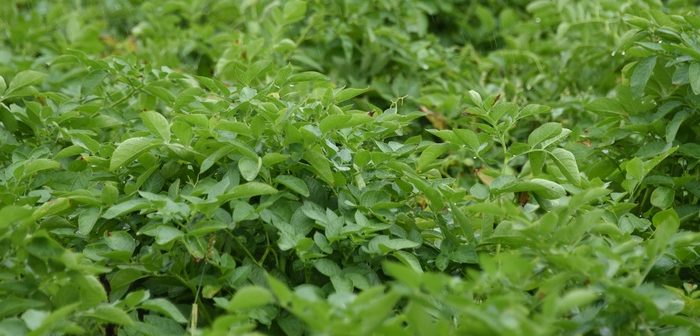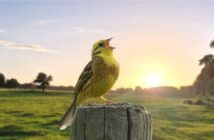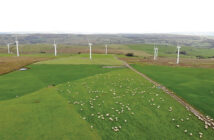Following the conclusion of the WTO (World Trade Organisation) consultation process, the withdrawal timelines for mancozeb have been confirmed.
The Health and Safety Executive (HSE) has extended the expiry date for the active substance by one month to May 31st, 2024, to account for delays in the WTO process. Industry and grower representatives continue to lobby to maintain the use of this vital active ingredient, and UPL says it will explore all possible avenues in support of mancozeb’s registration in Great Britain.
Geoff Hailstone, potato technical lead for the UK and Ireland, says the confirmed expiry dates for products containing mancozeb have also been extended by one month from those proposed earlier. The sale and supply of any plant protection product containing mancozeb will end on November 30th 2024, and the storage, disposal, and use of any plant protection product containing mancozeb will end on November 30th, 2025.
“Grower representatives, the potato industry, and UPL continue to make significant efforts to defend the use of mancozeb,” says Geoff. “The loss of this active ingredient would leave the industry without a vital tool for disease control and fungicide resistance management.
“Nautile DG (cymoxanil + mancozeb) and Manzate 75 WG (mancozeb) continue to be available throughout the sell-out period. I would encourage growers and advisors to speak with their suppliers to let them know what they expect to need. This information greatly helps with our supply planning.”
The loss of mancozeb would be a blow to growers with the threat of strains resistant to CAA and OSBPI fungicides arriving from the continent. Mancozeb will be a key tool this season as growers confront the challenge of maintaining blight control against a backdrop of high infection levels last year across Northern Europe. Concerns remain regarding the potential importation of seed infected with the new resistant strains.
Geoff advises potato growers to continue to adhere to the general FRAC guidance. Always mix products with different modes of action in the same application and alternate mixes in the program.
“Without mancozeb, products like Proxanil (cymoxanil + propamocarb) would become even more critical. The two actives in Proxanil have no reported resistance issues; they are both from different chemistry groups and are the only members of those groups.
“Cymoxanil is known to be one of the few actives with kickback activity and has a very low risk of developing resistance. It could be particularly useful in countering blight appearing very early in the season from infected seed. Propamocarb is the only active with strong anti-sporulant activity across all known strains, has good movement in the plant and is the only active in the carbamate resistance group.
“When tank-mixed with a protectant fungicide such as cyazofamid, Proxanil strengthens the activity and gives excellent resistance management,” concludes Geoff.




